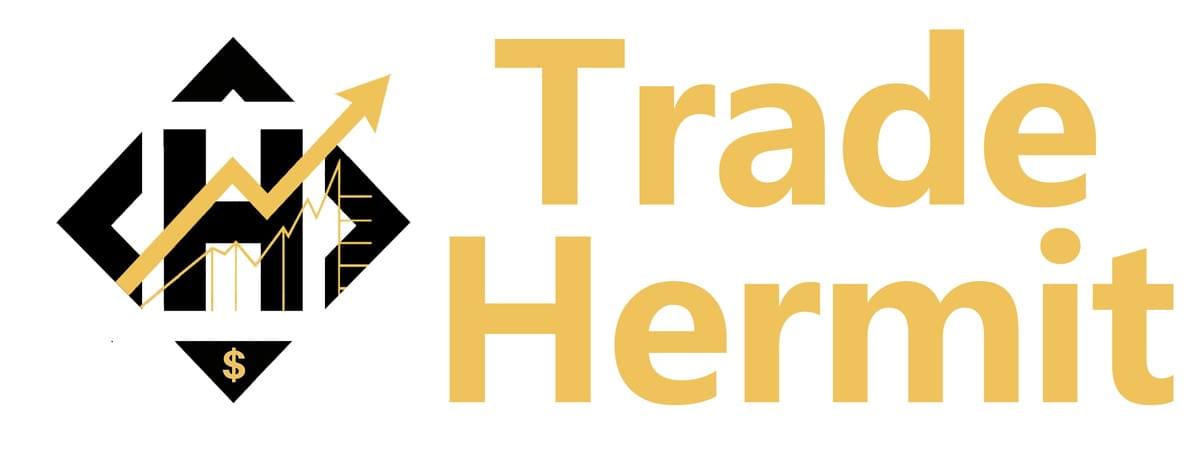Recently, former President Donald Trump reiterated his desire to fire Federal Reserve Chair Jerome Powell. This development recalls a historical precedent of sharp conflict between the U.S. Treasury and the Federal Reserve, dating back to around 1951.
At that time, the Fed was pressured to adjust monetary policy not to control inflation, but to support fiscal policy objectives—strikingly similar to the situation in 2025. The primary goal in 1951 was to cap the cost of war-related debt during the Korean War. President Truman summoned the entire Federal Reserve Board to the Oval Office and declared that, “For the duration of the emergency, the Board shall support the President in stabilizing government bond prices.”
Kevin Warsh, a leading candidate for the next Fed Chair, referenced this episode in a recent CNBC interview. He proposed that the Treasury and the Fed may need a new agreement, akin to the 1951 Accord, as the U.S. once again faces rising national debt and a constrained central bank. “This is exactly where we are now,” he said. “So if we reach a new accord, then...”
Warsh also raised a provocative question:
“Why not simply set the curve?”
He noted that the Fed has already engaged in quantitative easing (buying government bonds), as well as Operation Twist (buying and selling different maturities to shape the yield curve). “If the Fed sets long-term interest rates in environments where they matter more, why not short-term rates too?” Warsh asked.
This may signal a strategic pivot. In the near future, the Fed’s focus could shift from stockpiling long-term Treasuries to accumulating short-term ones. Combined with rate cuts, this could push short-term yields lower both through quantity (bond purchases) and price (interest rate policy), while allowing the market to absorb longer-term debt.
Such a framework could mark the beginning of a U.S. version of Yield Curve Control (YCC).
*For more information about signal stack resources, please follow:

